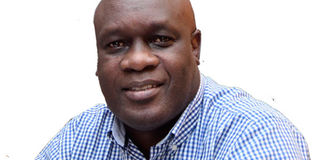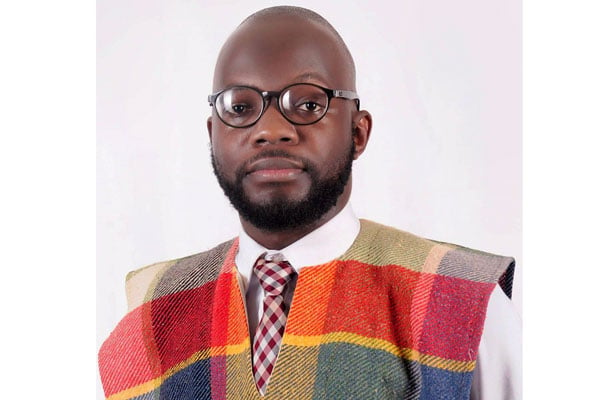Photojournalism, grief pornography and funeral of Archbishop Lwanga

Odoobo Charles Bichachi
What you need to know:
- Photographs are one of the most important aspects of a news media because of the readers/viewers’ attention they grab, the optical break they provide from the grey text, and most important because “a photograph tells a thousand words”.
The word “photograph” has its origin in two Greek words – “photo” which means “light, and “graph” which means “drawing”. So photography literally means drawing or writing with light. News photography or photojournalism would then literally translate into “writing news with light”.
So while writers use the pen to record news, photojournalists use the light (the camera) to record news. Seen the flash?
Photographs are one of the most important aspects of a news media because of the readers/viewers’ attention they grab, the optical break they provide from the grey text, and most important because “a photograph tells a thousand words”.
Pornography on the other hand is “printed or visual material containing the explicit description or display of sexual organs or activity, intended to stimulate sexual excitement.” So how does this relate to grief or news? Well, “grief pornography” is “a pejorative expression usually used to describe the behavior of news media in the wake of trauma or grief.” The Times online’s Daniel Finkelstein is quoted as describing grief pornography as “a rather tasteless fascination with other people’s disasters and a sentimentalism that is out of place”.
I have been drawn to this subject because of two photos published in Daily Monitor online on Sunday and Monday this week that were brought to my attention. Both photos were from the funeral of Orthodox Metropolitan Archbishop Jonah Lwanga in Kampala on May 20.
The first photo showed distraught and grieving young girls. It carried no caption. The second photo was a close-up of the inside of the immaculately white tiled grave into which the body of the archbishop would be entombed.
As expected, there were a lot of comments on social media about these photos with many asking whether they should have been published in the first instance. I have shared this feedback with the editors. For the benefit of our readers and photojournalists, I will focus on the general ethics of covering grief, funerals and other such traumatic events.
Yes, tragedy does make big news, especially if the dead or bereaved are prominent or famous. The media has a duty – and is expected – to cover both the good and bad news.
NMG Editorial Policy Guidelines have a general provision on covering grief titled, “Intrusion into grief or shock”. It reads: “In cases involving personal grief or shock, enquiries should be carried out and approaches made with sympathy, empathy and discretion.”This is because grief, as we all know, is a very difficult personal matter and one wants to minimise the pain of the grieving rather than escalate it. This provision applies to both writers and photographers but does not explicitly say so.
The Associated Press (AP) has a more elaborate and specific code of ethics for photojournalists. The provision on covering grief reads: “Treat all subjects with respect and dignity. Give special consideration to vulnerable subjects and compassion to victims of crime or tragedy. Intrude on private moments of grief only when the public has an overriding and justifiable need to see.”
The Society for Professional Journalists (SPJ) has an even more practical guide to covering grief. It reads: “Journalists often advance their ‘right’ to seek information and record events, and stories of grief and tragedy are a staple of community news.
The SPJ Code underscores the accompanying ‘responsibility’ with common-sense principles:
· Show compassion for those who may be affected adversely by news coverage.
· Be sensitive when seeking or using interviews or photographs of those affected by tragedy or grief.
· Recognise that gathering and reporting information may cause harm or discomfort.
· Recognise that private people have a greater right to control information about themselves than do public officials.
· Show good taste. Avoid pandering to lurid curiosity.
So should the photographs have been taken or published? Was the ruckus on social media justified? Well, the photo with the distraught girls mourning the archbishop may pass the test, though a less graphic angle not showing the distraught and teary faces of the girls would have done even better to capture news and the emotions.
The second photo, showing inside of the grave was in bad taste and “pandered to lurid curiosity”. It was grief porn!
Photojournalists may wish to read URN News Digest Vol No. 012 (January 8, 2012) article titled: “Photography versus Pornography of the Dead”. As it says, always ask: What is the purpose of the picture you are taking? For whom are you taking this picture? Who do you want to see this picture? And for what results?
Send your feedback/complaints to
[email protected] or
call/text on +256 776 500725.




